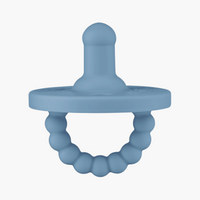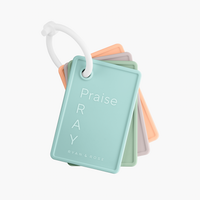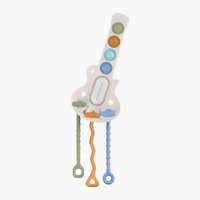As an occupational therapist, I understand the importance of developing self-care skills in children. One of these crucial skills is independent feeding using utensils like spoons and forks. In this blog post, we'll explore practical strategies to help children grasp and use these utensils effectively. Let's dive in and empower our little ones to become confident self-feeders!
-
Building Fine Motor Skills: Fine motor skills are key for utensil use. Encourage activities that strengthen hand muscles, such as squeezing playdough, using tongs to pick up objects, or practicing with clothespins. These exercises promote dexterity and coordination, making utensil handling easier.
-
Grasp and Stabilization Techniques: Introduce appropriate grasping techniques to children. The preferred grasp involves the use of a three-finger grasp, also known as a pincer grasp, where the spoon rests between the thumb and index finger while the middle finger supports it on the backside. This grasp allows for controlled and efficient movement, enabling the child to scoop food effectively and bring it to their mouths with precision. By mastering this skill, children can gain greater independence, confidence, and enjoyment during mealtime activities.
-
Preloading and Hand-Over-Hand Assistance: Begin by preloading the utensil with a small amount of food and encourage the child to bring it to their mouth. Offer hand-over-hand assistance, gently guiding their hand and fingers as they practice scooping or spearing food. Gradually decrease assistance as their skills develop.
-
Sensory Exploration: Some children may have sensory aversions to certain textures or temperatures. Create a positive mealtime experience by gradually exposing them to different foods and textures, using playful activities like sensory bins or cooking together. Encourage exploration and familiarity with different tastes and consistencies.
-
Visual and Verbal Cues: Use visual aids like pictures or diagrams to illustrate the proper way to hold utensils. Provide verbal cues and step-by-step instructions during mealtime, reinforcing the correct techniques. Break down the process into manageable steps, such as "scoop and bring to mouth" or "stab and lift."
-
Mealtime Routines and Role Modeling: Establish consistent mealtime routines to create a supportive environment for learning. Set an example by demonstrating proper utensil use and enjoying meals together as a family. Children often learn best by observing and imitating adults, so your positive modeling can make a significant impact.
-
Patience and Encouragement: Learning to use utensils independently takes time and practice. Be patient, supportive, and encouraging throughout the process. Celebrate small victories and provide positive reinforcement to boost your child's confidence and motivation.

Mastering the use of spoons and forks is an essential step toward independence in self-feeding for children. By focusing on building fine motor skills, teaching proper grasp and stabilization techniques, offering sensory exploration, and providing visual and verbal cues, we can empower our little ones to embrace this milestone. With patience, encouragement, and consistent practice, children will develop the skills necessary to enjoy meals with confidence and pride. Bon appétit!
Kayla Van Winkle, MOT












































